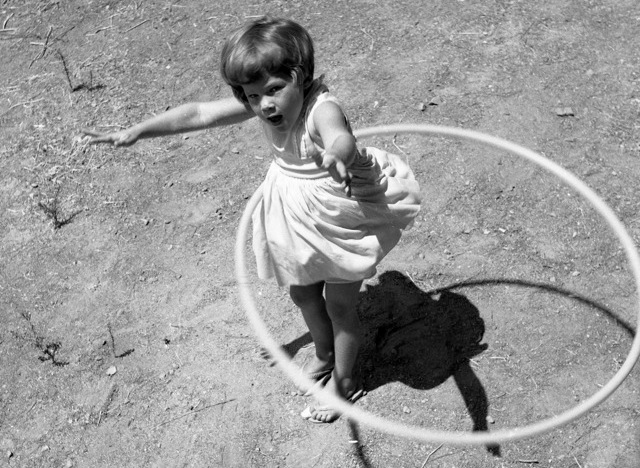

5 basic for loop patterns
source link: https://yourbasic.org/golang/for-loop/
Go to the source link to view the article. You can view the picture content, updated content and better typesetting reading experience. If the link is broken, please click the button below to view the snapshot at that time.
5 basic for loop patterns
A for statement is used to execute a block of code repeatedly.

Three-component loop
This version of the Go for loop works just as in C or Java.
sum := 0
for i := 1; i < 5; i++ {
sum += i
}
fmt.Println(sum) // 10 (1+2+3+4)- The init statement,
i := 1, runs. The condition,
i < 5, is computed.- If true, the loop body runs,
- otherwise the loop is done.
- The post statement,
i++, runs. - Back to step 2.
The scope of i is limited to the loop.
While loop
If you skip the init and post statements, you get a while loop.
n := 1
for n < 5 {
n *= 2
}
fmt.Println(n) // 8 (1*2*2*2)The condition,
n < 5, is computed.- If true, the loop body runs,
- otherwise the loop is done.
- Back to step 1.
Infinite loop
If you skip the condition as well, you get an infinite loop.
sum := 0
for {
sum++ // repeated forever
}
fmt.Println(sum) // never reachedFor-each range loop
Looping over elements in slices, arrays, maps, channels or strings is often better done with a range loop.
strings := []string{"hello", "world"}
for i, s := range strings {
fmt.Println(i, s)
}0 hello
1 worldSee 4 basic range loop patterns for a complete set of examples.
Exit a loop
The break and continue keywords work just as they do in C and Java.
sum := 0
for i := 1; i < 5; i++ {
if i%2 != 0 { // skip odd numbers
continue
}
sum += i
}
fmt.Println(sum) // 6 (2+4)- A continue statement begins the next iteration
of the innermost for loop at its post statement (
i++). - A break statement leaves the innermost for, switch or select statement.
Further reading
See 4 basic range loop (for-each) patterns for a detailed description of how to loop over slices, arrays, strings, maps and channels in Go.
Go step by step
Core Go concepts: interfaces, structs, slices, maps, for loops, switch statements, packages.
Share:
Recommend
About Joyk
Aggregate valuable and interesting links.
Joyk means Joy of geeK
